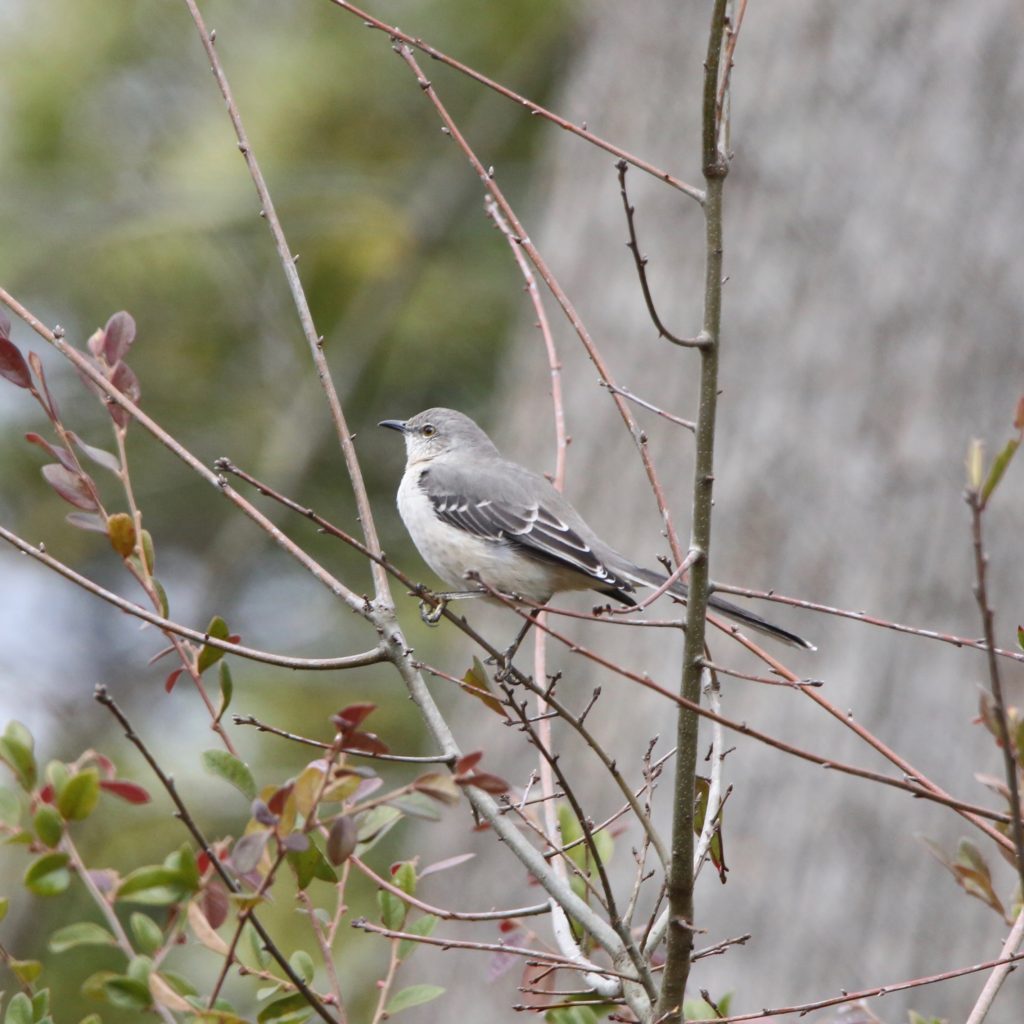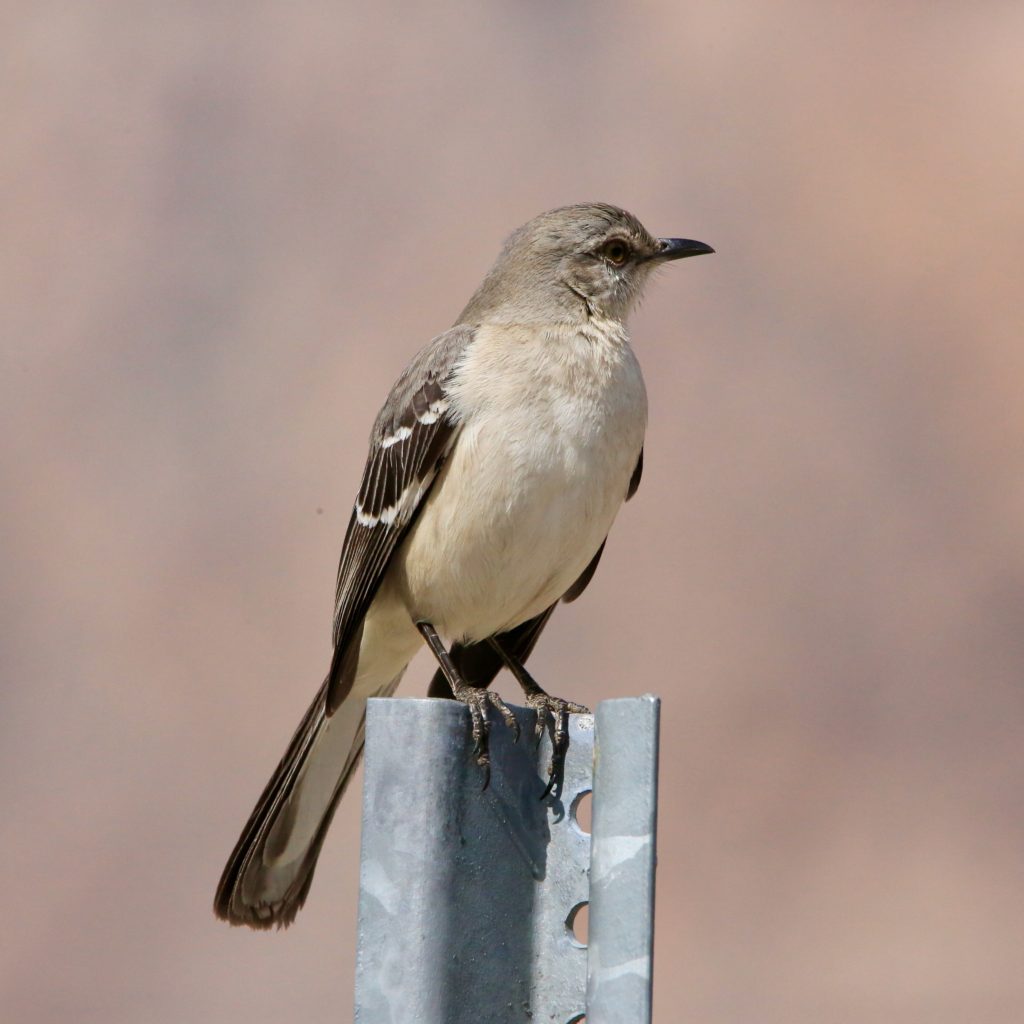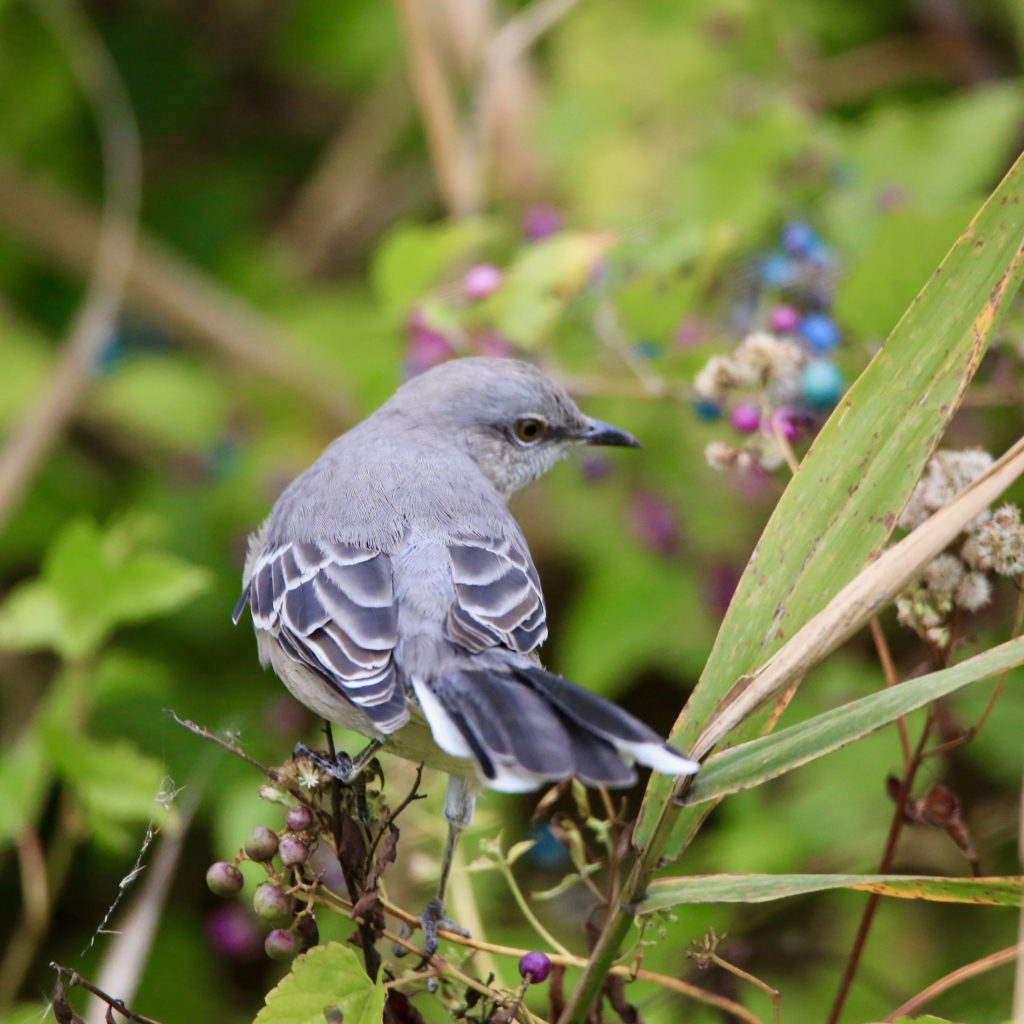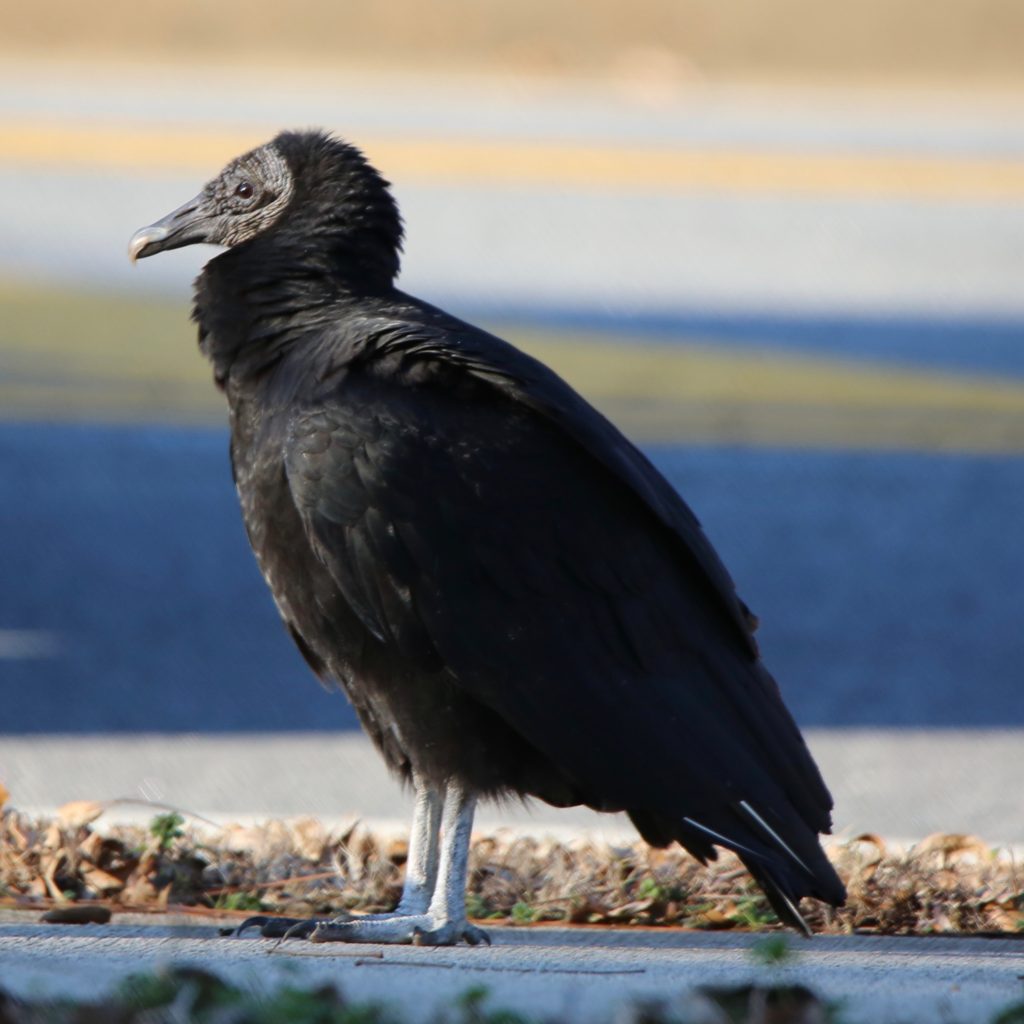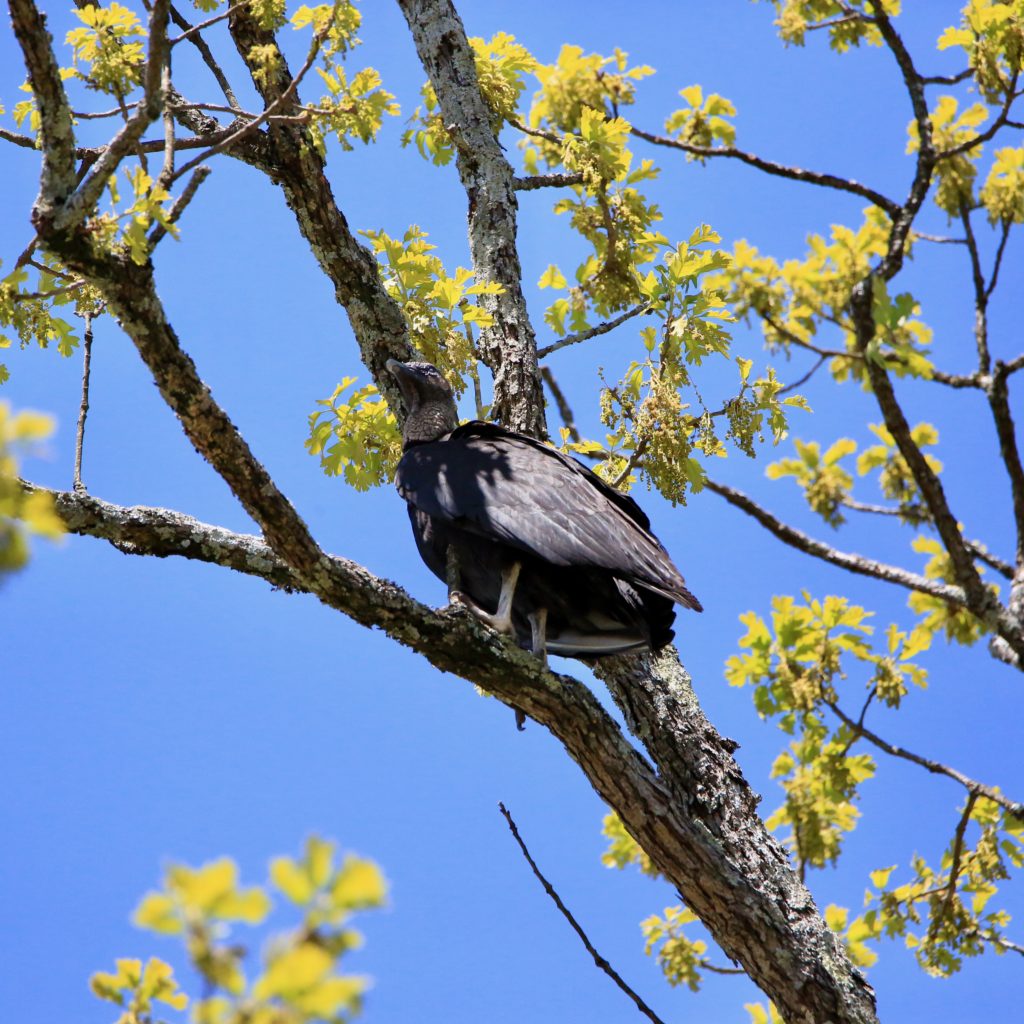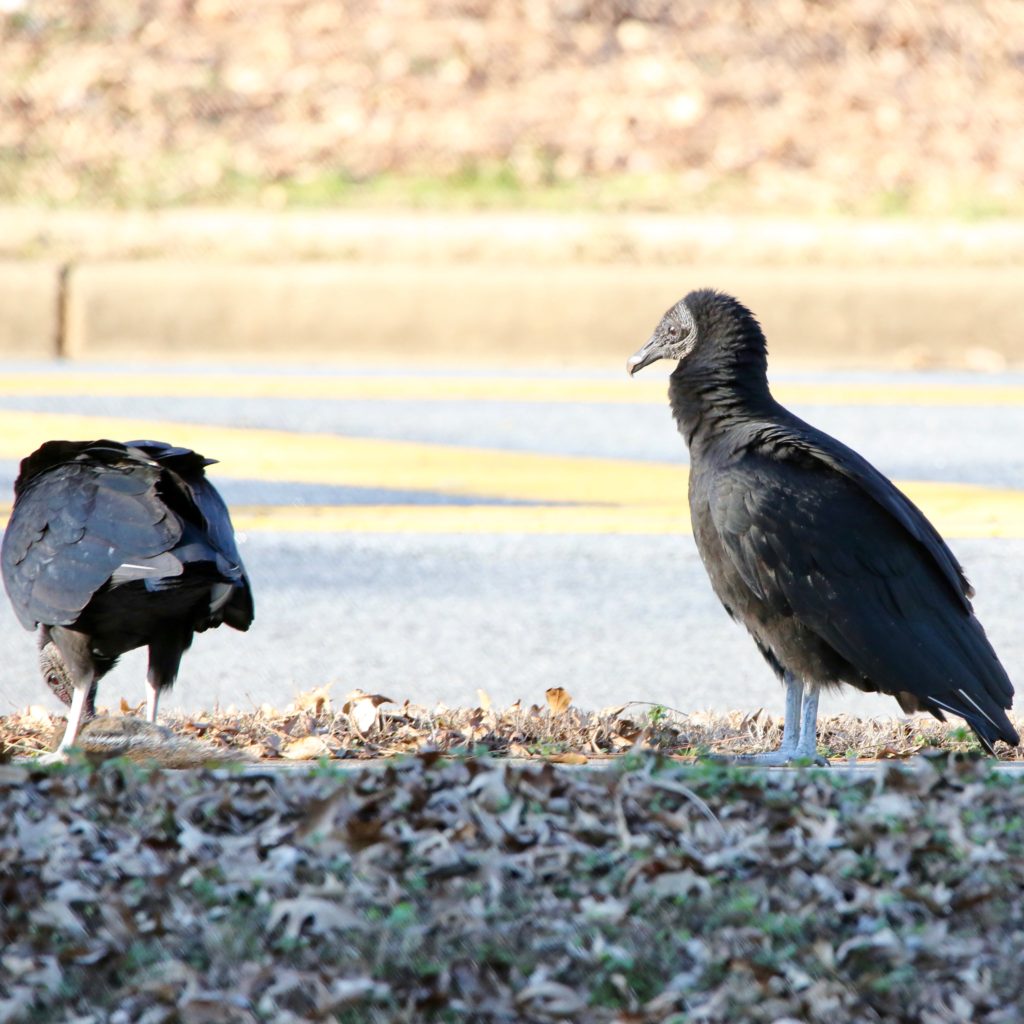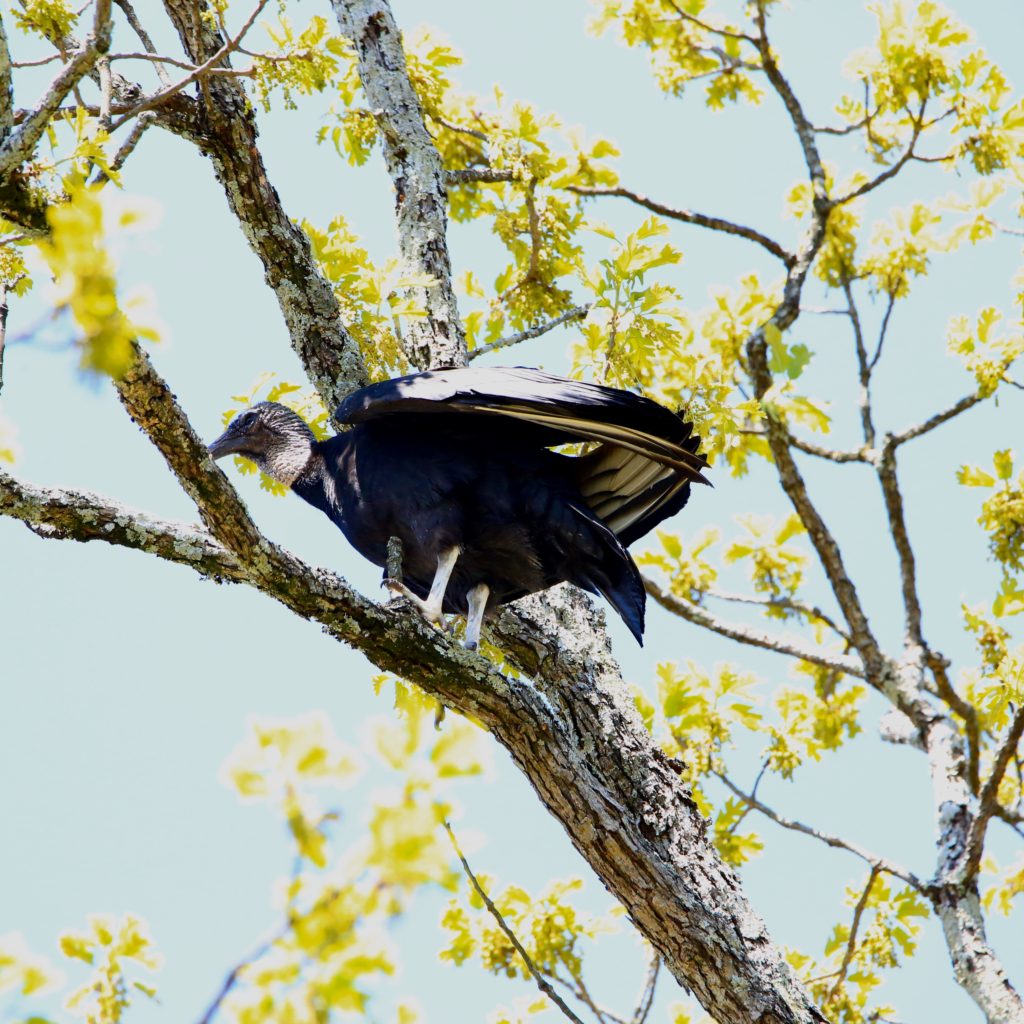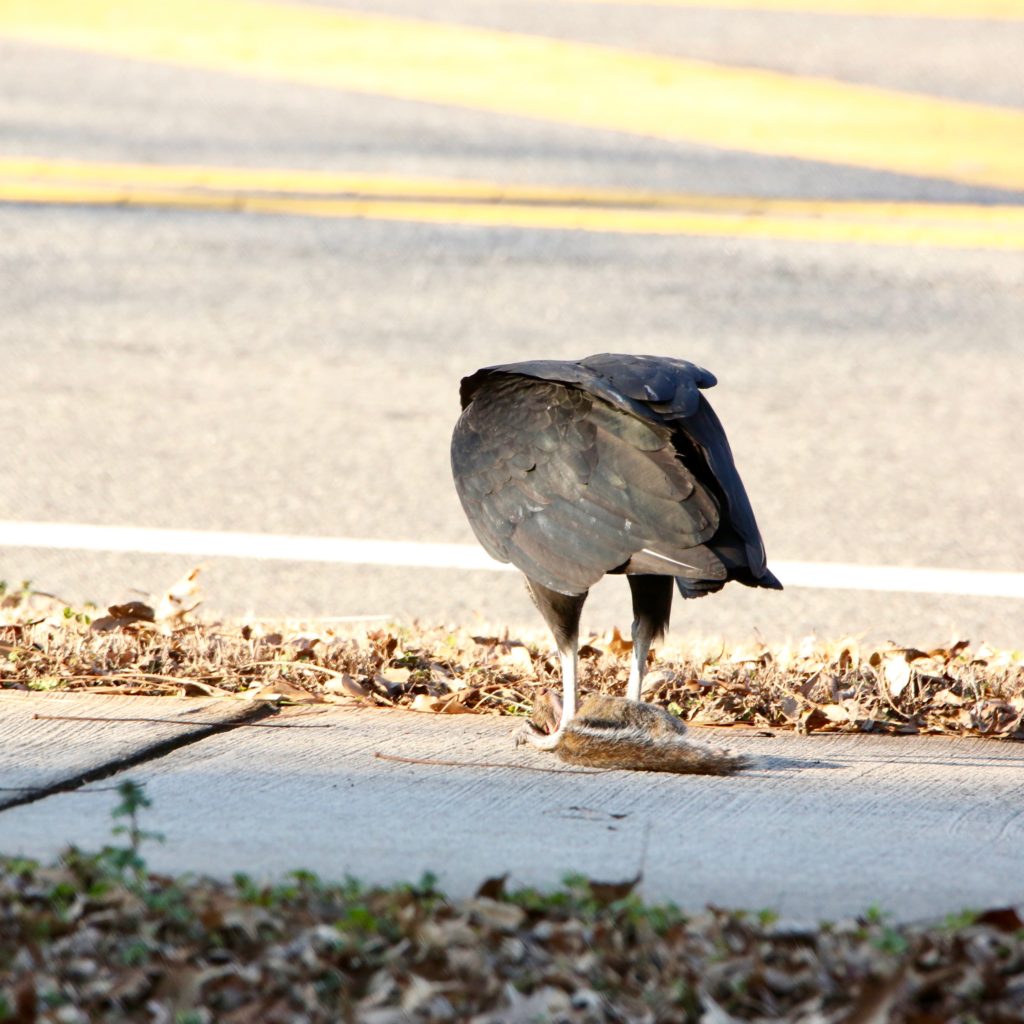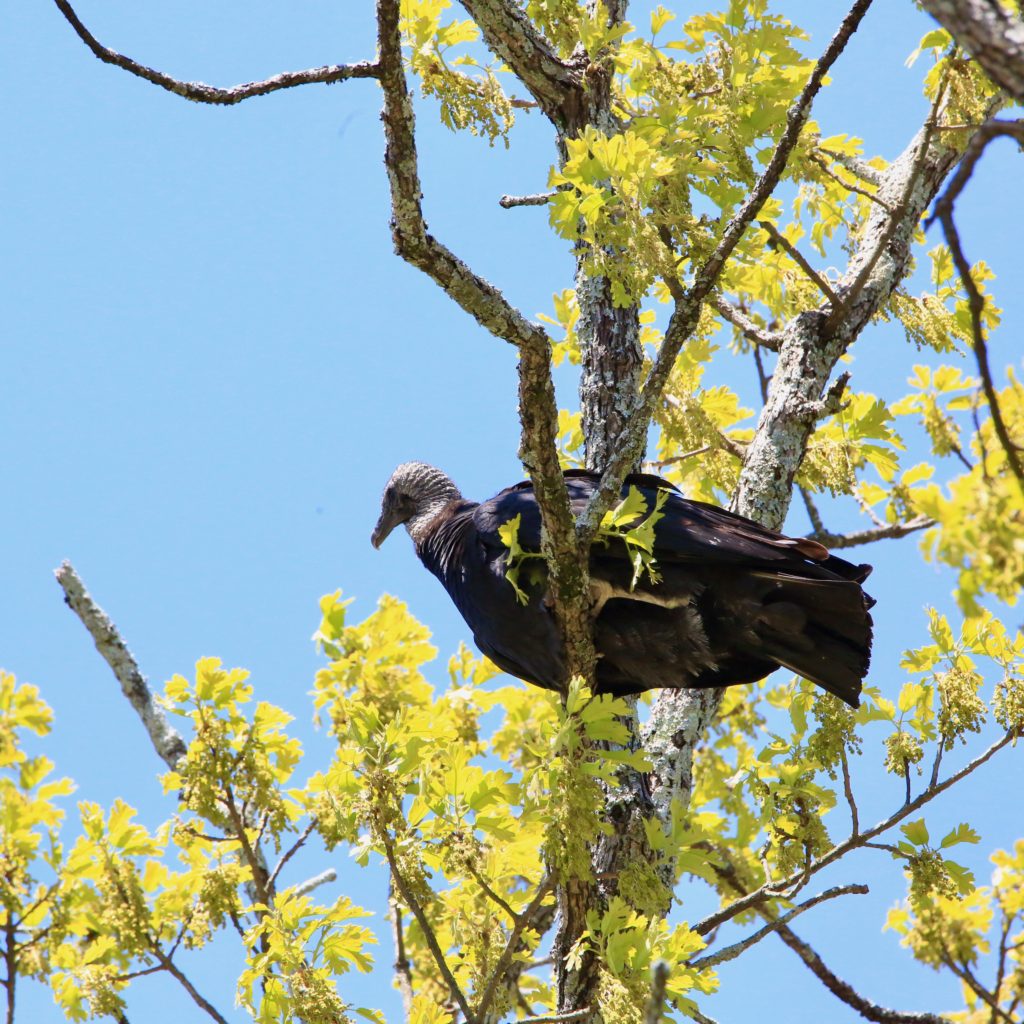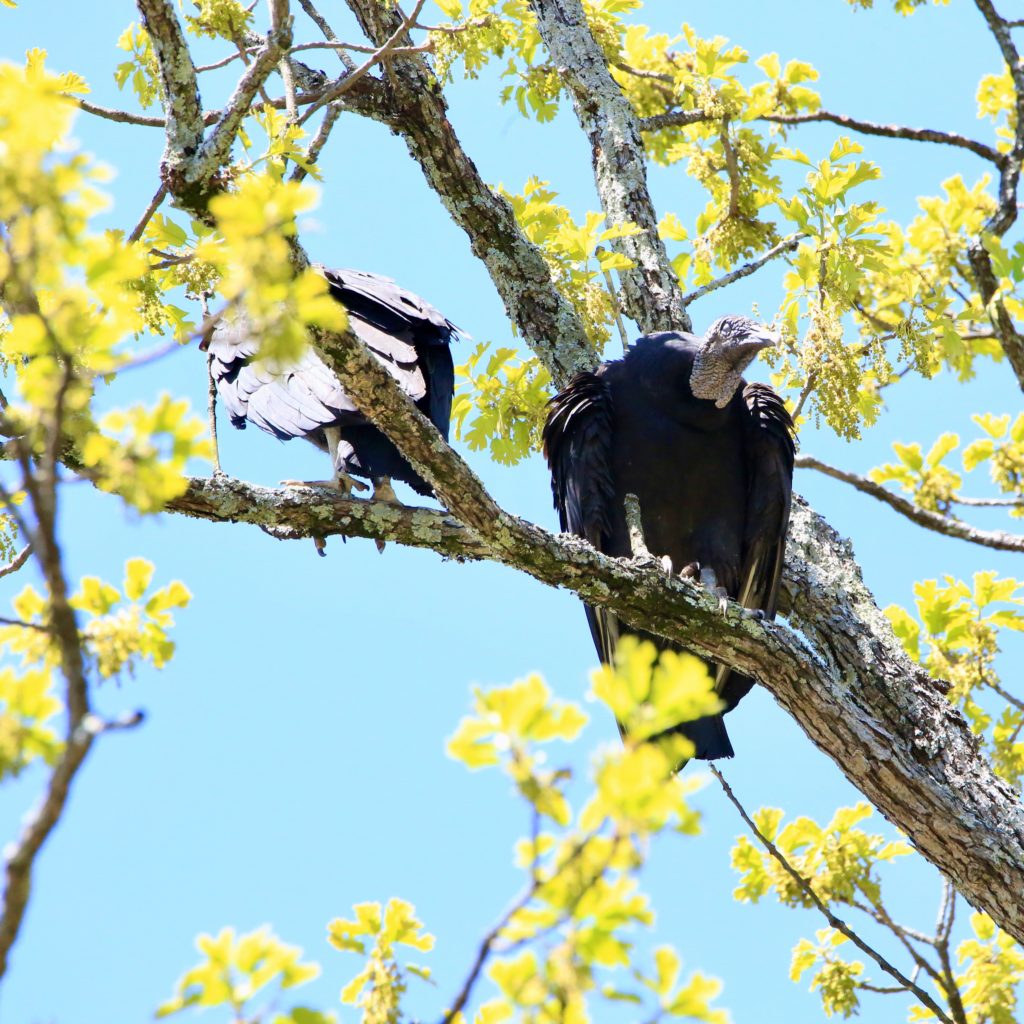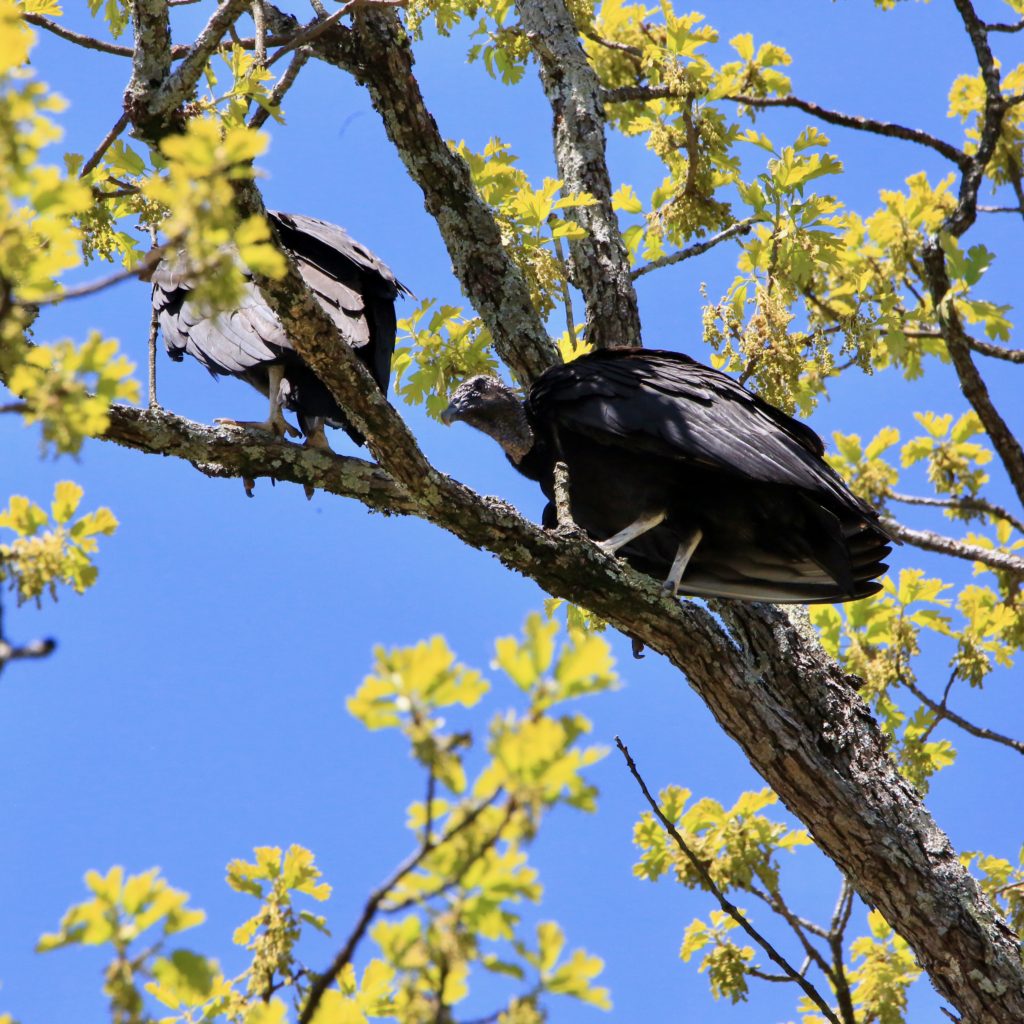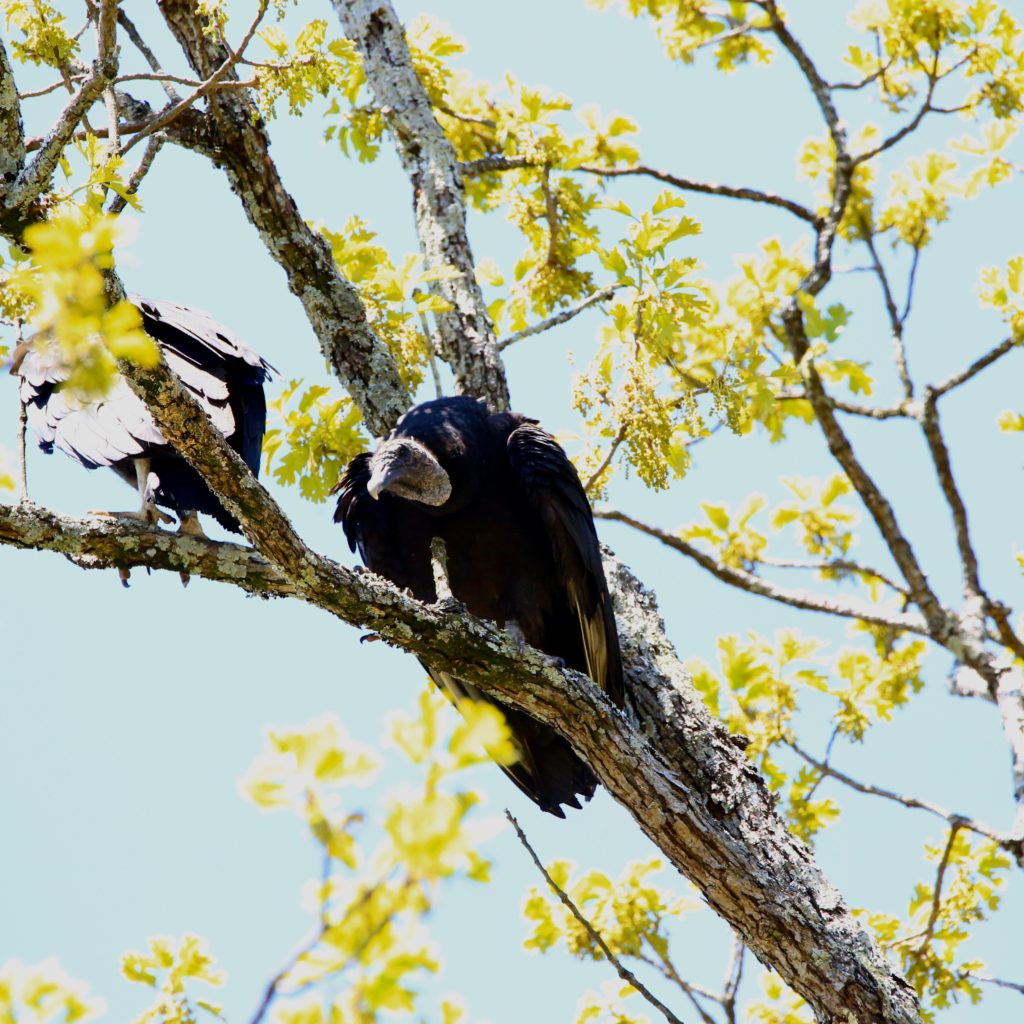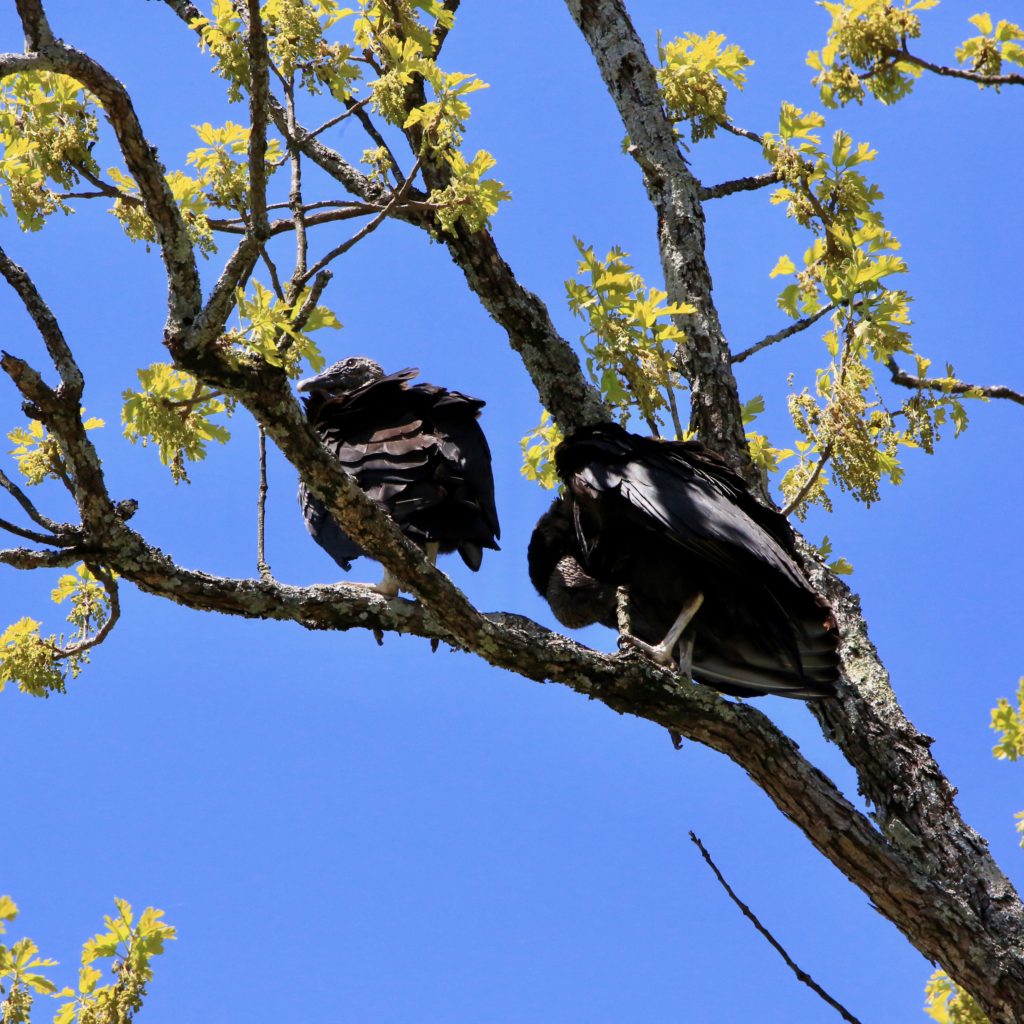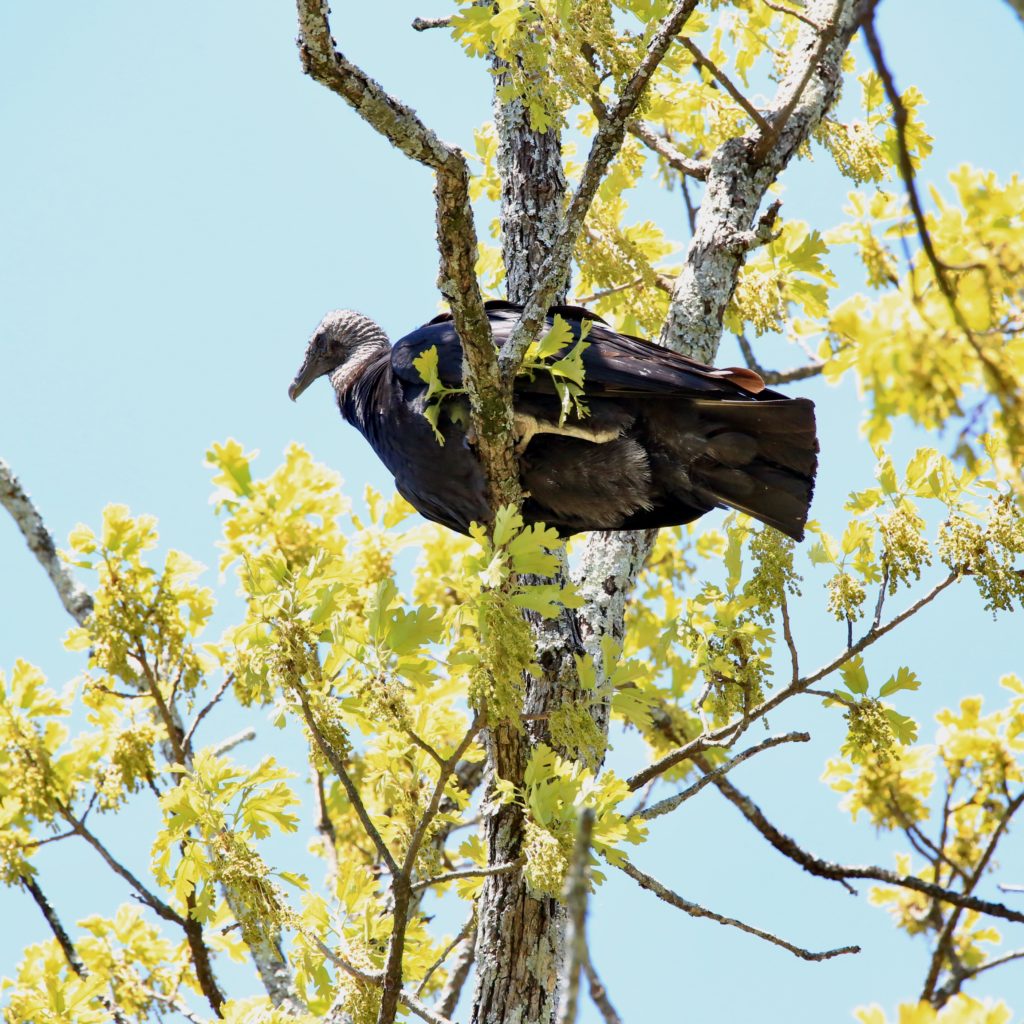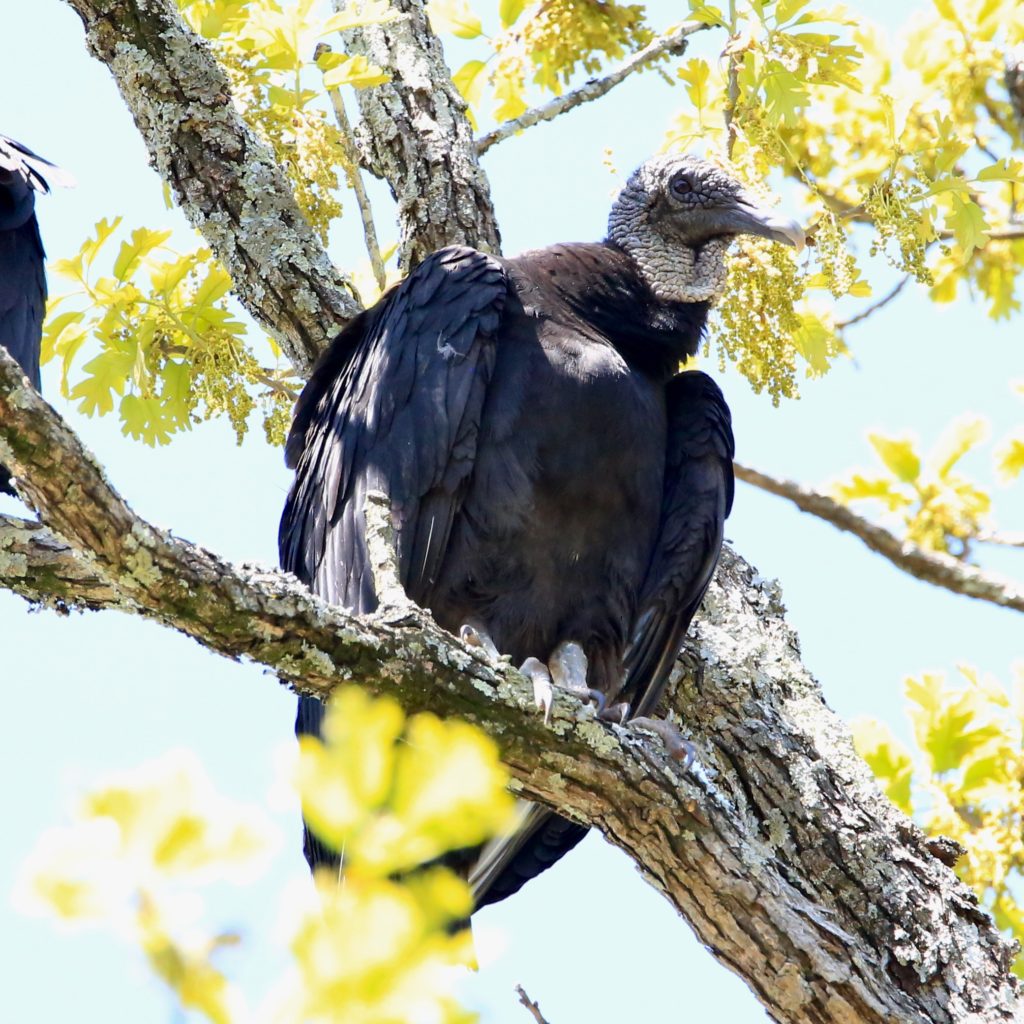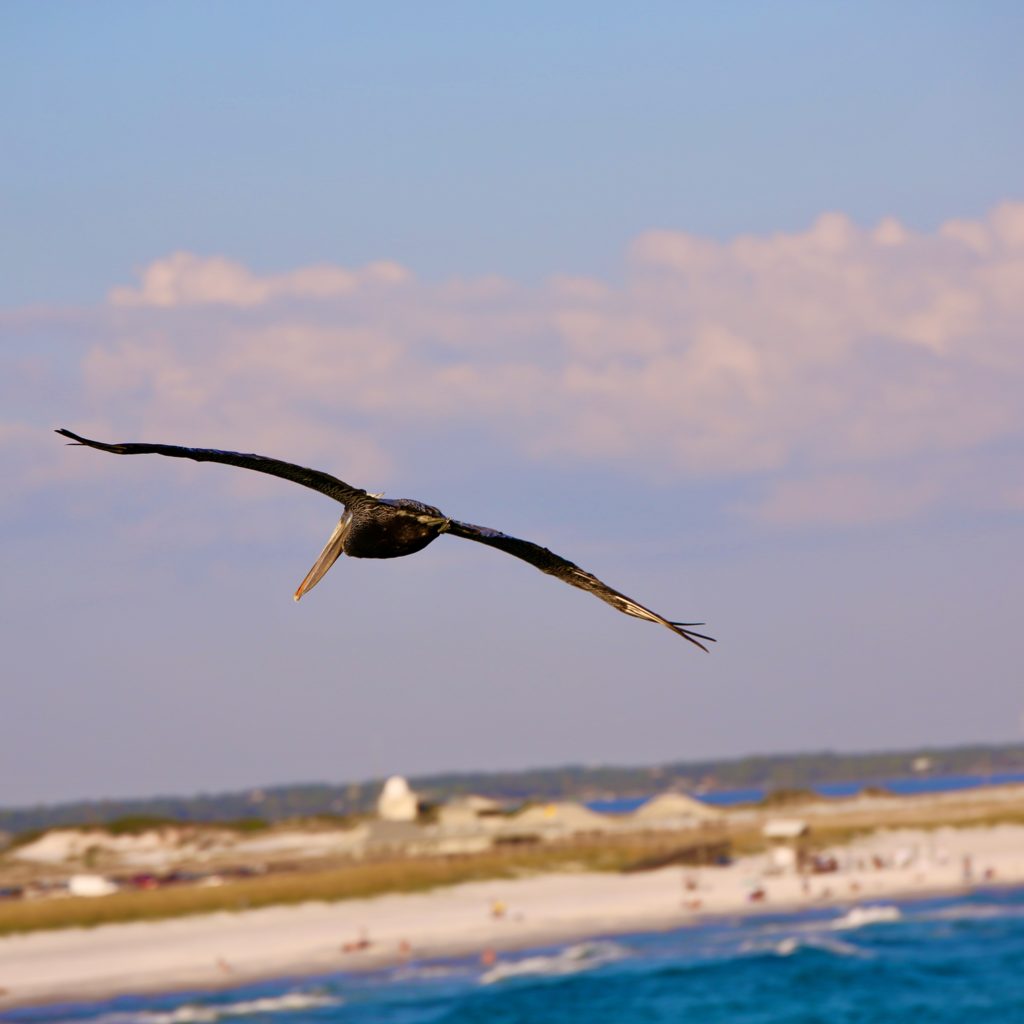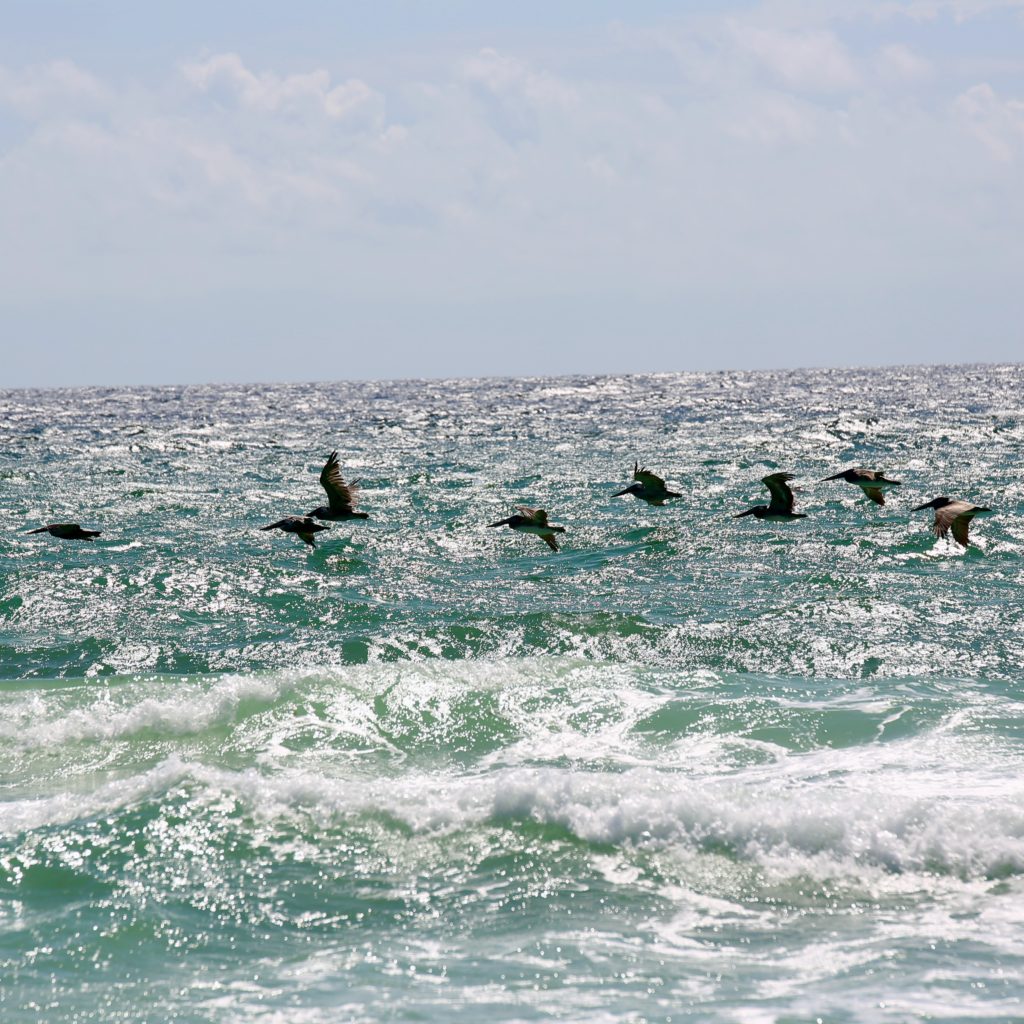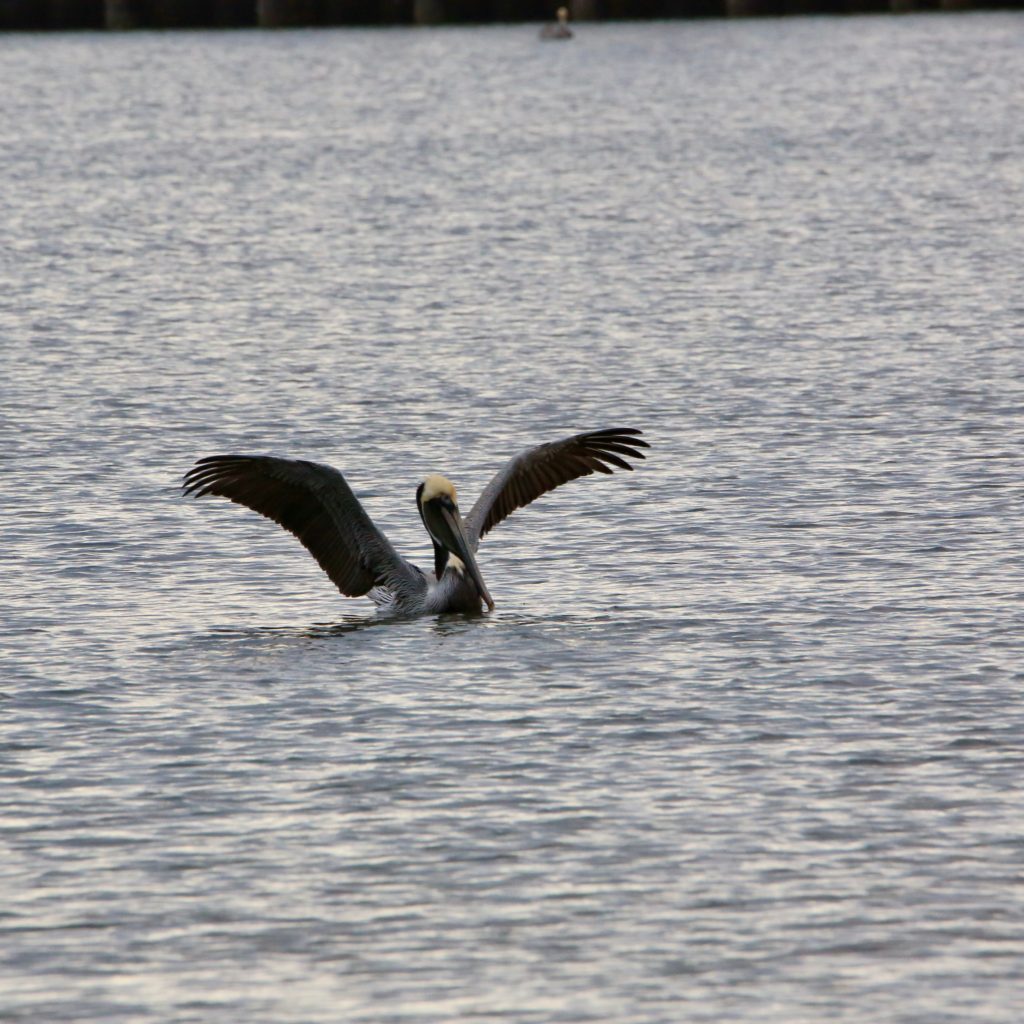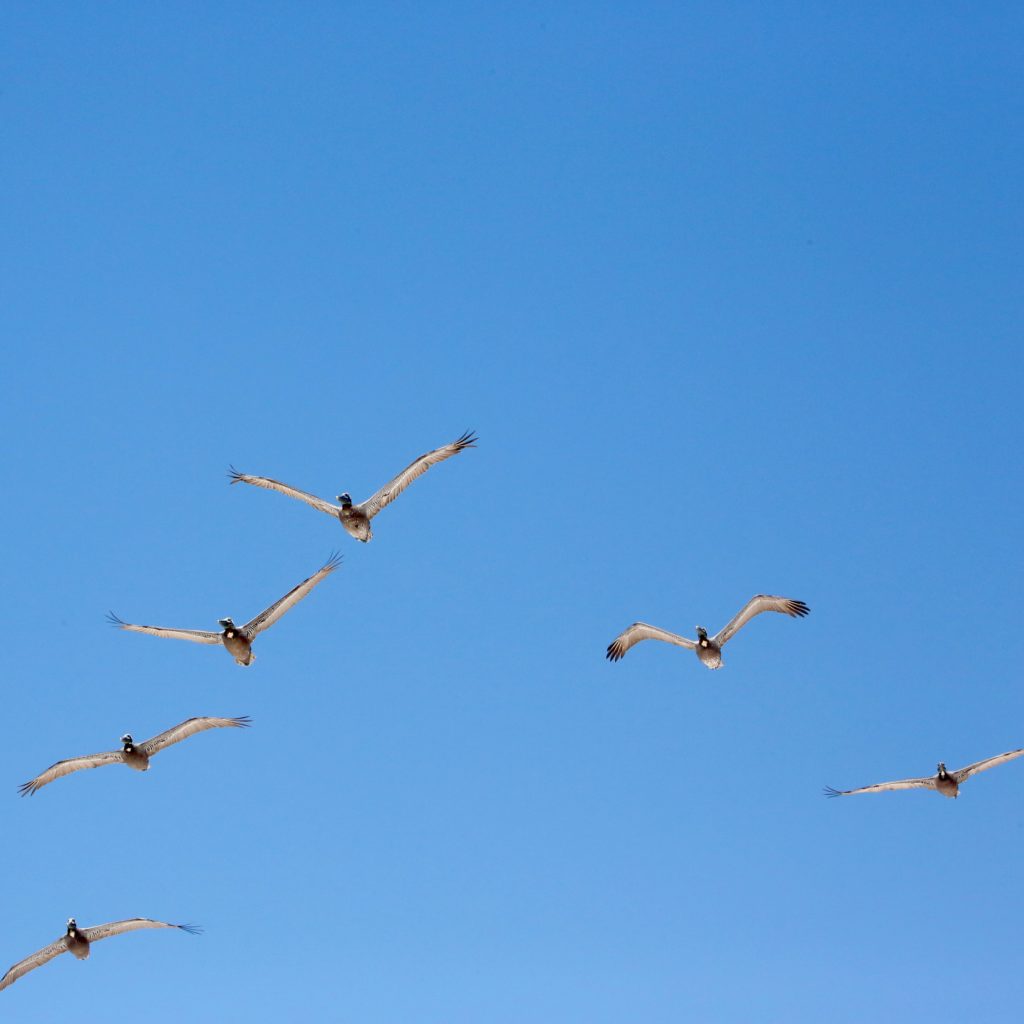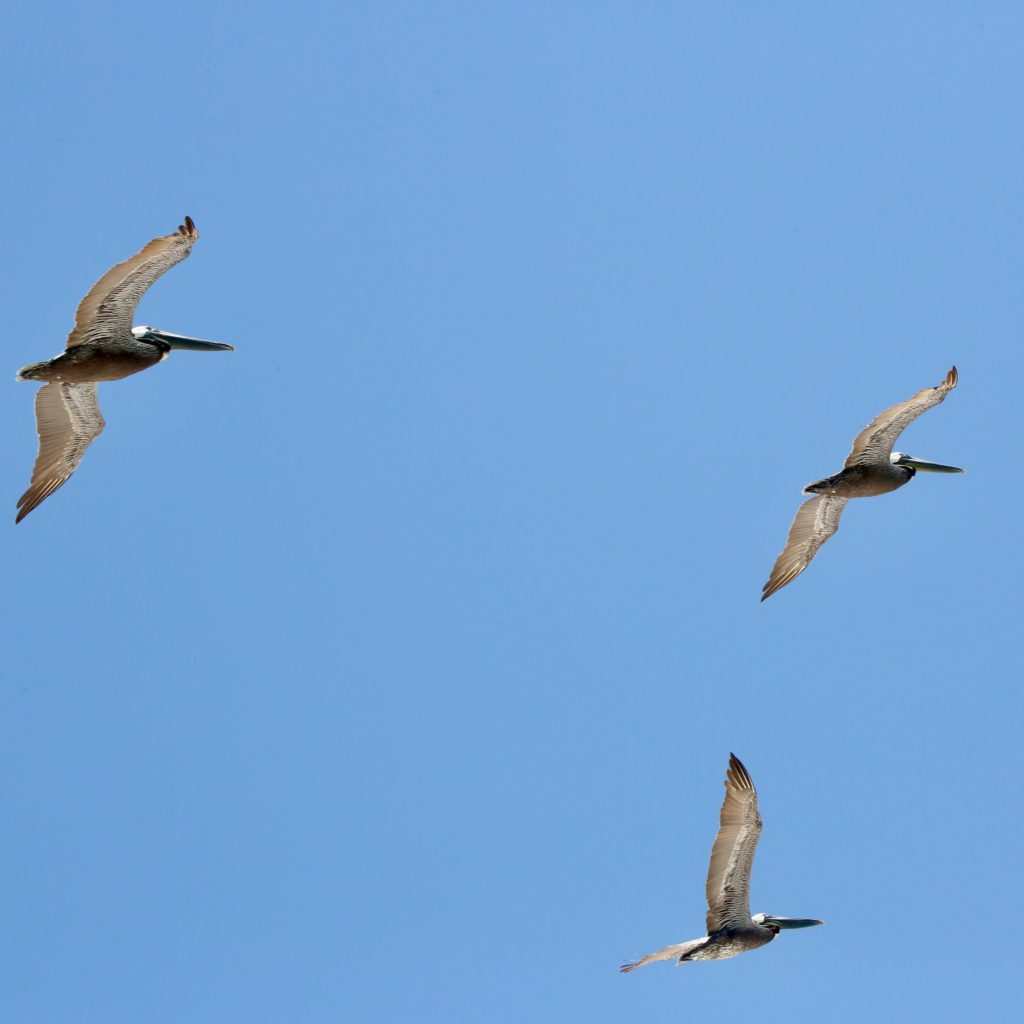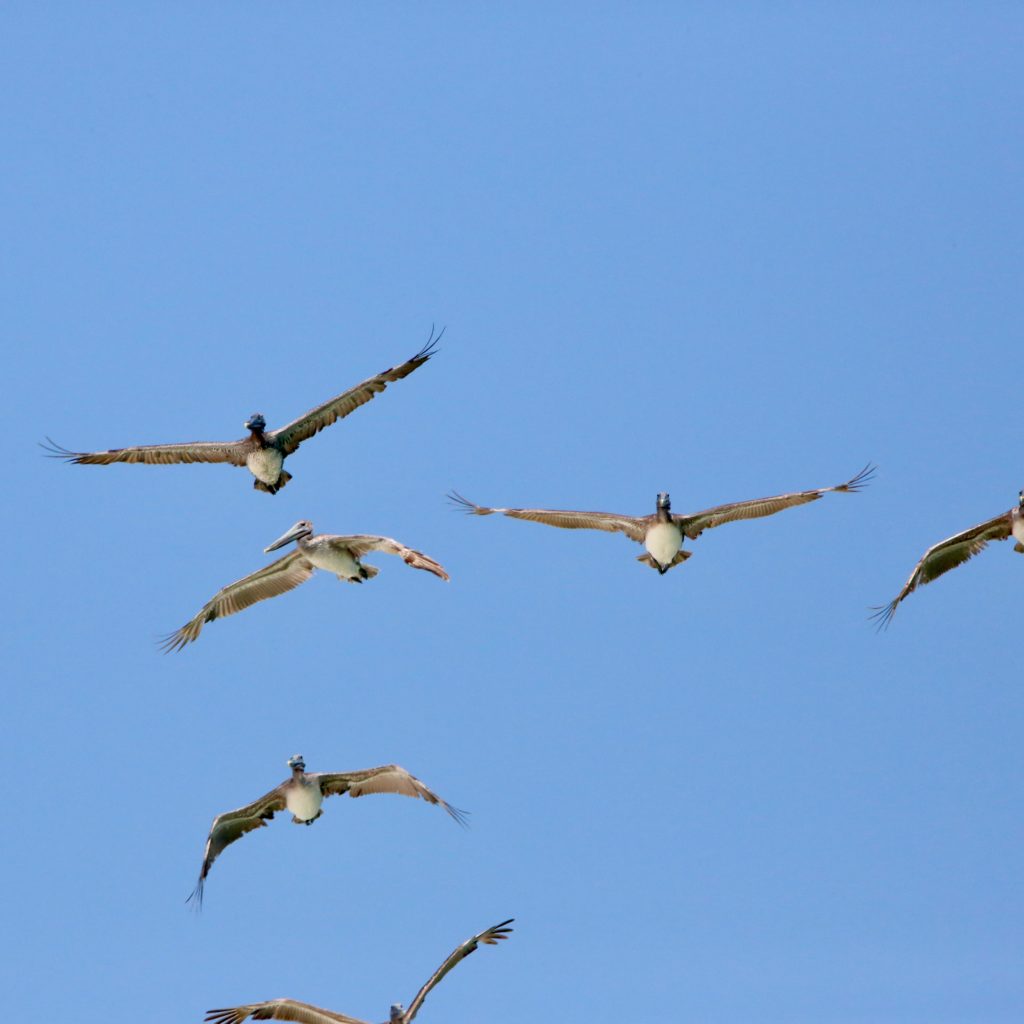
Biscayne National Park is located in southern Miami, Florida. Covering Miami-Dade county, the 172,971 acres park is instrumental in preserving the Biscayne Bay and the barrier reefs it has offshore. The park is ninety-five percent water, and the bay’s shore is a large mangrove forest. The Biscayne National park includes both Eliott Key and the Florida Keys. The Florida Keys, in particular, is a result of coral reefs turning into fossils over time.
Major Attractions at Biscayne National Park
Boca Chita is Biscayne’s most visited island. This is because of the fantastic bird species and the lighthouse with historic value located here. For a relaxing spot, people go to the park’s largest island, Eliott Key. Once holding a
community of pineapple farmers, wreckers, spongers, today, people can hike, picnic, camp, and watch wildlife.
Israel Lafayette Jones farm and old home, counted as a historical place, is right here. People also paddle at the nearby Jones lagoon. In the Maritime heritage trail, one gets to snorkel and see the remains left by shipwrecks. On the north of the park, there is Stiltsville. Here, the land is submerged, and houses from the 1930s are still present.
GET KIDS BIRD WATCHING
Bird Watching at Biscayne National Park
Florida is a host to 586 bird species in papers. The total spotted bird count on the Biscayne National Park appears to be 202. For species such as Gebes, Loons, Warblers, Pelicans, it is their home.
Observed under the Greater Everglades Ecosystem, there appears to be a lack of fresh water in the park, and the water seems to become saltier every day. The ever-growing city of Miami also appears to take control of its banks slowly. As a result, the species visiting the park seems to change over the years.
Biscayne is still a vital area for birdwatching. The park has several trails, starting from the Convoy point. When you are driving through the main entrance, you need to be extra careful. Yellow-crowned Night-Herons are often found lining there. In addition, migratory Warblers choose to land there frequently.
Mangrove Cuckoos, which are otherwise impossible to find all over Florida, they seem to always be chilling around the visitor area. Northern Mockingbirds and Loggerhead Shrikes are there regardless of the season. Turkey Vultures and Black Vultures roost in the islands close to Mowry Canal. On a day of low tide, shorebirds and Double-crested Cormorants might be hiding in the rocks of the bird sanctuary.
In the mangroves or the shoreline of Biscayne Bay, Brown Pelicans, White Ibis, Little Blue Herons, Snowy Egrets, etc., are observed. You have to be 300 feet away in Jones Lagoon to avoid disturbing the birds and see the nesting wading birds.
In Eliott Key, the habitat is a mix of mangrove forests, hardwood hammocks, and beaches. Rare birds of the Caribbeans often show up here. It is possible to see a Bahama Mockingbird here as it is to see Red-headed Woodpecker. The Boca Chita Key, Stiltsville, Pacific Reef Light, and Fowey Rocks Light are a few other popular birding
places.
10 Birds to See at Biscayne National Park
Yellow-crowned Night-Heron
Yellow-crowned Night-Herons are short, stocky, and gray with short legs. They have a blackhead, white cheeks, and yellow legs. This Heron lives in coastal estuaries along the southeastern shoreline. Their population is stable with some recent expansion. They make their homes in bayous, streams, and swamps. Yellow-crowned Night-Herons feed on crabs and crayfish. They migrate south, some as far as Panama.
Northern Mockingbird
Northern Mockingbirds are gray with white underbellies; they have black and white wings. You can find them throughout the United States. They have seen a recent rise in population and are not at risk of being endangered. Their habitat is in backyards, hopping along a fresh-cut lawn. Northern Mockingbirds sing all day and like to eat insects and berries. Their nests are built in trees or shrubs 3 to 10 feet up. They lay 3 to 4 eggs. Not much is known about the migration patterns of Northern Mockingbirds. Some are thought to move south for the winter.
Loggerhead Shrike
Loggerhead Shrikes have a white underbelly with a gray and black head and wings. They have a hooked bill with tiny teeth on it. Their population in the northeast is almost gone, but they are still common throughout other regions. They make their homes in trees, scrub, and semi-open country. Loggerhead Shrikes like to search for prey from utility poles and fence posts. They eat large insects, lizards, and small birds. They will save food for later by piercing it on a barbed wire or thorn. These Shrikes build nests in thorny shrubs or trees and lay 5 to 6 eggs. Loggerhead Shrikes migrate early in the spring with those in the south being permanent residents.
Turkey Vulture
Turkey Vultures are all black and brown birds with bright red heads. You can find them throughout North America. They have a stable population with no risk of endangerment. Their homes are in open country and woods. Turkey Vultures have a great sense of smell for fresh carcasses. Because of this, they can be found along highways or in the open countryside. When Turkey Vultures are in flight, their wings raise to form a V. They lay 2 eggs and do not build
nests. Their nest area can be under rocks, in hollow logs, or on old buildings. Some Turkey Vultures migrate to South America.
Black Vulture
Black Vultures are an all-black bird with little white stars under their wingtips. They reside in eastern North and South America. Black Vultures live in the southeast have declined in population, but are not endangered. Their habitat is in open country and they avoid the mountains. They do not have a great sense of smell, so they follow Turkey Vultures to an animal carcass to eat. Black Vultures do not have a voice box. They lay 2 eggs and build their nests in a hollow log, tree, or cave. They migrate in small numbers in the winter.
Brown Pelican
Brown Pelicans have a dark body and an oversized bill. You can find these birds along the southern coasts of the United States. They were once endangered, but due to conservation efforts, have come back. They make their habitat on beaches and near oceans. Brown Pelicans feed by diving into the water from high up and scooping up small fish. They lay about 3 eggs and nest in colonies. Brown Pelicans migrate along the coast moving south for winter.
Great Blue Heron
Great Blue Herons are tall with gray-blue wings. They are slow-moving birds and weigh about 6 pounds. You can find them all across the United States. Their population has stabilized since some small declines. They live near riverbanks, ponds, and edges of marshes. They hunt for food morning and night because they have night vision. Great Blue Herons eat fish mostly but will also eat other small animals like frogs. They build their nests high or low in trees. They use big sticks to make large platform nests. These birds lay 3 to 5 eggs. Northern populations east of the Rockies are migratory, but most other Great Blue Herons are not migratory.
Great Egret
Great Egrets are a beautiful white color with black legs and a yellow bill. They live along the coasts of North America. In the 1800s, their population was very low because of over-hunting. They have now recovered and appear to be stable. These birds make their homes near coastal marshes or ponds. They are large birds with an even bigger wingspan. Great Egrets are the symbol of the National Audubon Society, which was founded to help protect birds. They mostly eat fish and sometimes frogs, salamanders, or snakes. They lay 3 to 4 eggs in platform nests with lots of sticks. Great Egrets migrate to open waters in the winter.
Peregrine Falcon
Peregrine Falcons are blue-gray with spots on their underbelly. They live all throughout North America. They make their homes in open country and along coastal mountains. Their population is currently stable and increasing after a sharp decline. Peregrine Falcons eat other birds such as ducks, songbirds, and Pigeons. Peregrine Falcons are one of the largest Falcons and also one of the fastest birds. They can reach speeds up to 200 mph as they dive down to
capture their prey. People often train Peregrine Falcons for hunting. These Falcons like to build their nests on cliff ledges and lay 3 to 5 eggs. They migrate along the coastline and often go out to sea.
Eastern Kingbird
Eastern Kingbirds are black with a white underside and tail. They may even look like they are wearing a suit! These birds have a large head and broad shoulders. They live in eastern North America. Their population has decreased recently but is not at risk of being endangered. They make their homes on farms, in orchards, and along wood edges. Eastern Kingbirds enjoy eating flying insects and berries. They lay 3 to 4 eggs and build their nests in odd places like on top of fence posts. They are a long distance migrant, wintering in South America.
Final Thoughts
The Biscayne National Park is serious about protecting its bird species and expects you to follow specific rules. The rules include staying quiet near birds, not using recorded sounds, and posting about the location of birds with special status.
Ornithology
Bird Watching Academy & Camp Subscription Boxes
At the Bird Watching Academy & Camp we help kids, youth, and adults get excited and involved in bird watching. We have several monthly subscription boxes that you can subscribe to. Our monthly subscription boxes help kids, youth, and adults learn about birds, bird watching, and bird conservation.
- Kids Bird Watching Monthly Subscription$10.00 / month
- Kid & Adult Bird Watching Starter Pack Subscription$10.00 / month and a $72.00 sign-up fee
- Kids Bird Watching Starter Pack Subscription$10.00 / month and a $19.00 sign-up fee
Bird Watching Binoculars
The most common types of bird watching binoculars for viewing birds at Biscayne National Park is the 8×21 binoculars and 10×42 binoculars. Bird Watching Academy & Camp sells really nice 8×21 binoculars and 10×42 binoculars. You can view and purchase them here.
- Birding Binoculars$49.99
- Kids Binoculars$13.99



















